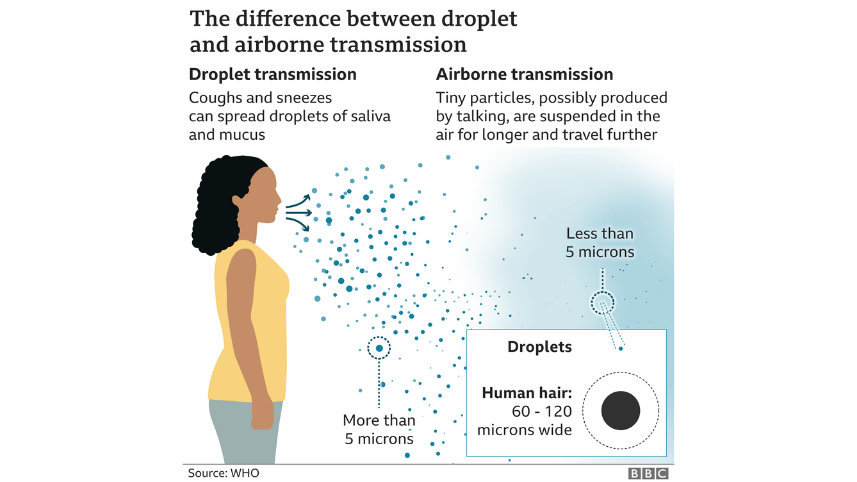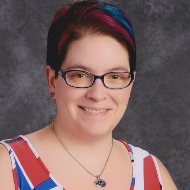Check out our entire series explaining the science involved in the coronavirus pandemic. Sign up to receive our coronavirus update each week.
As cited in this Washington Post article, the Centers for Disease Control (CDC) finally updated its website on October 5, 2020, to reflect the mounting evidence that airborne transmission plays a role in the spread of COVID-19 (Good Grief, Charlie Brown!). You would expect that the CDC would be at the forefront of such critical knowledge. Still, most of the scientific community had already reached this conclusion as far back as July 2020 — including the World Health Organization at the urging of over 200 scientists studying the virus on the frontlines.
Now that aerosol transmission has finally been made official by our federal government, I couldn’t help wonder about the best way to explain the difference between aerosols and respiratory droplets to younger students. While I’ve already devoted an entire article to the scientific distinction between the two, I’d like to offer up a seasonally appropriate activity you could conduct with students of any age. Plus, who wouldn’t love a good game of punkin’ chunkin’ this close to All Hallows’ Eve?
While I’m definitely not proposing that you take this activity to the level that many universities such as Princeton does, I do think it can be easily simplified to become a basic introduction of kinematics — focusing on the concepts of gravity, distance, and mass only. My suggestion would be to pick a wide range of organic “victims” to represent different-sized respiratory fluids. Larger pumpkins will represent respiratory droplets and mini-gourds will represent aerosols. Then, simply have students measure each fruit’s mass, record the time they fly through the air before impact, and have them repeat the procedure multiple times for more reliable data. Note: Depending on your students’ age, one factor to consider is by whom and how the pumpkins will be “tossed” if you want to ensure constancy.
Once you have a good variety of sizes and trials, have the students hypothesize why different sizes traveled different distances. Then, to really help correlate this activity to fluid dynamics and COVID-19 transmission, consider having them investigate the Physics of a Sneeze. There are numerous YouTube videos and clips available to investigate this topic thoroughly — even the Mythbusters gave it a go years before COVID-19. (The subject of sneezes is something near and dear to my heart right now as it will be a major part of the NGSS storyline for the third lesson in our Nature of Science series, Science is an Inquiry-based Process, which will be released at the end of October 2020.)
Depending on your timetable and whether you prefer a seasonal activity using pumpkins or not, you can find many variations of the activity available on the internet. For example, students could develop a “sneeze tube” (or even a trebuchet) to launch their fruity respiratory fluids, or you could instead use balloons filled with water or air to better model actual droplets and aerosols. Look for even more ideas about COVID-19 and sneezes tied to physical science concepts coming soon to NCSE’s Supporting Teachers Classroom Resources.
And if you want to see how we’ve covered transmission, masks, and social distancing since the beginning of the pandemic, check out these notable selections that can help guide your students as to why wearing a mask is so important:
Until next time, remember the famous words of Linus Van Pelt from It’s the Great Pumpkin, Charlie Brown: “There are three things I've learned never to discuss with people: religion, politics, and the Great Pumpkin.”


